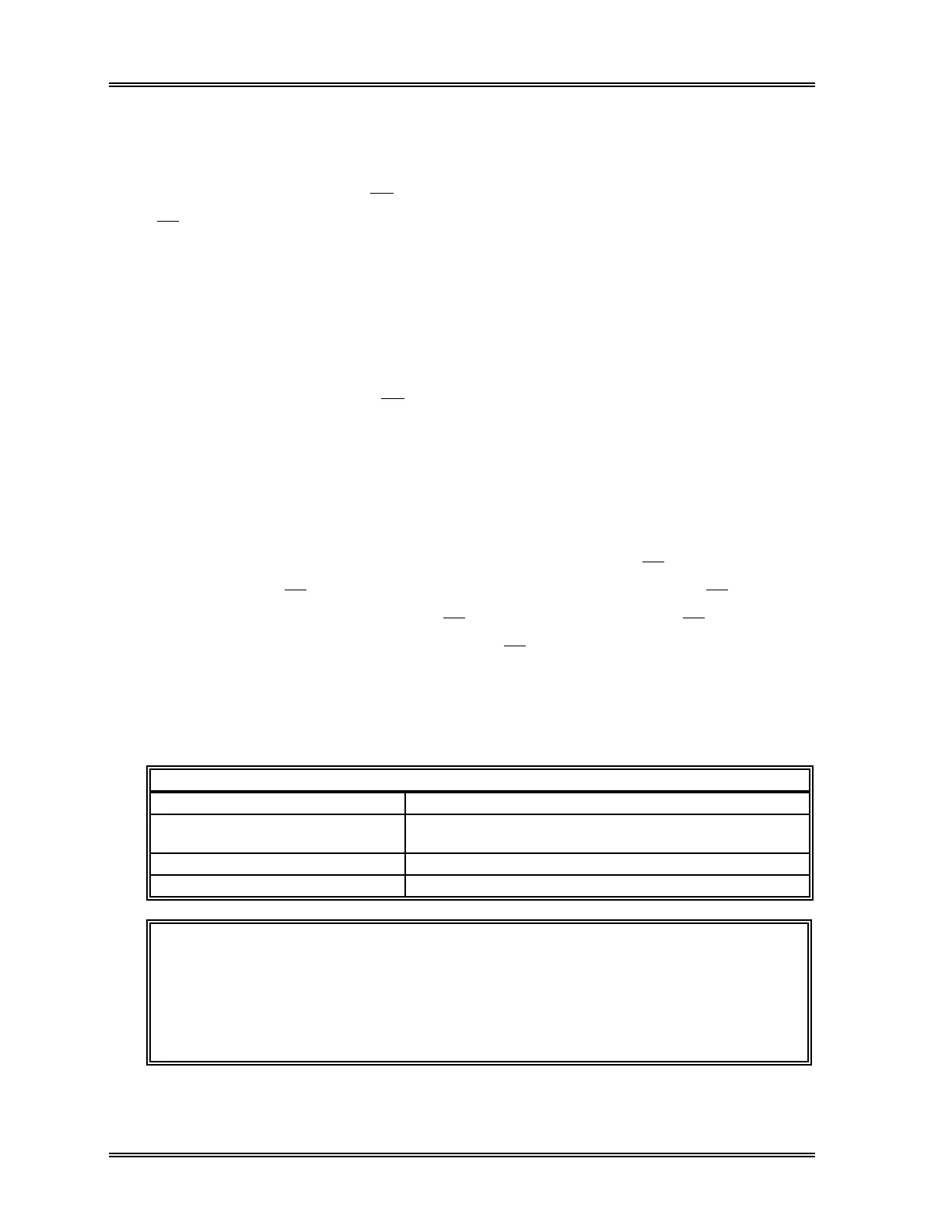QUALITY CONTROL
6-2 Sysmex SF-3000 Operator's Manual -- Revised September 1995
1.1 Types of QC Method
The SF-3000 QC program provides two types of control methods:
• Commercial Control ( X or L-J)
X Control : Performs two consecutive analyses of control blood,
and takes the mean (average) value of the two analyses
as one control data.
L-J (Levy-Jennings) Control : Takes the data from a single analysis of control blood
as the control data. This control method can also
monitor daily changes in sampler analysis.
• Patient Data Analysis ( X M)
: Calculates the weighted moving average of batches of
20 patient samples (or a user-selected number), and
takes the resultant value as a control data.
1.2 QC Parameters To Be Monitored
To derive full benefit from the control application, it is best to use X or L-J Control in
conjunction with X M Control. For example, if an abnormality occurs in X M
Control, the operator should check the X M control chart, and execute X Control or
L-J Control to verify the control data results of X or L-J Control.
In addition to the 23 QC parameters normally displayed on the screen, the SF-3000 also
has 5 other sensitivity-related parameters for a total of 28 parameters.
Table 6-1: QC Parameters
Monitored Parameters
8 CBC Parameters WBC, RBC, HGB, HCT, MCV, MCH, MCHC, PLT
10 WBC Classification Parameters NEUT%, LYMPH%, MONO%, EO%, BASO%, NEUT#,
LYMPH#, MONO#, EO#, BASO#
5 Cell Size Analysis Parameters RDW-SD, RDW-CV, PDW, MPV, P-LCR
5 Sensitivity-Related Parameters GRAN-X, GRAN-Y, WBC/BA-X, WBC/BA-Y, GRAN-Y (W)
NOTE:
Customers in the United States:
Platelet Distribution Width (PDW) and
Platelet Large Cell Ratio (P-LCR) parameters have not been approved
for reporting by the Food & Drug Administration (FDA). The obtained
values should be excluded from all print forms until reporting approval
has been obtained. See
Chapter 11
for information on excluding these
values.
